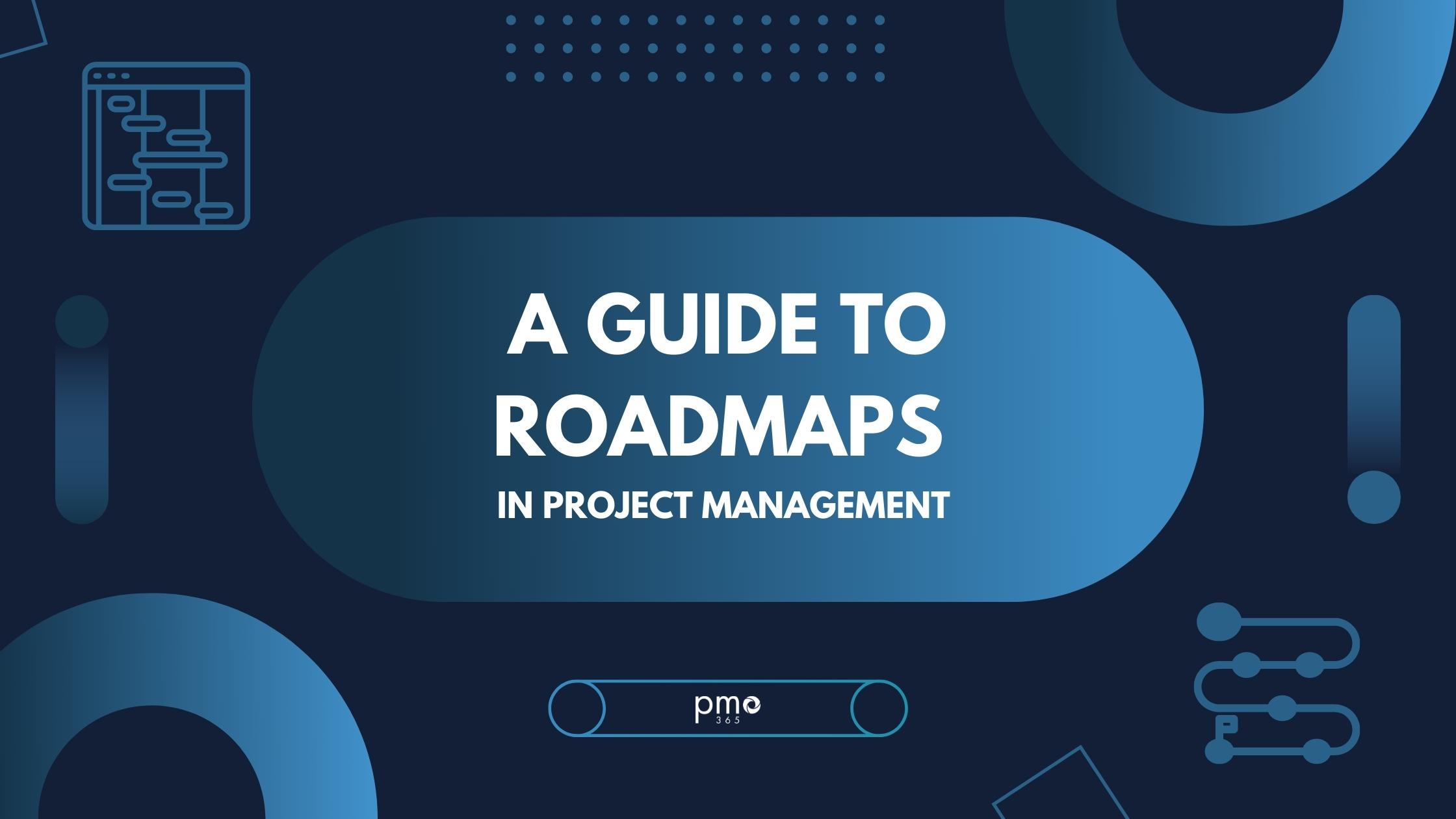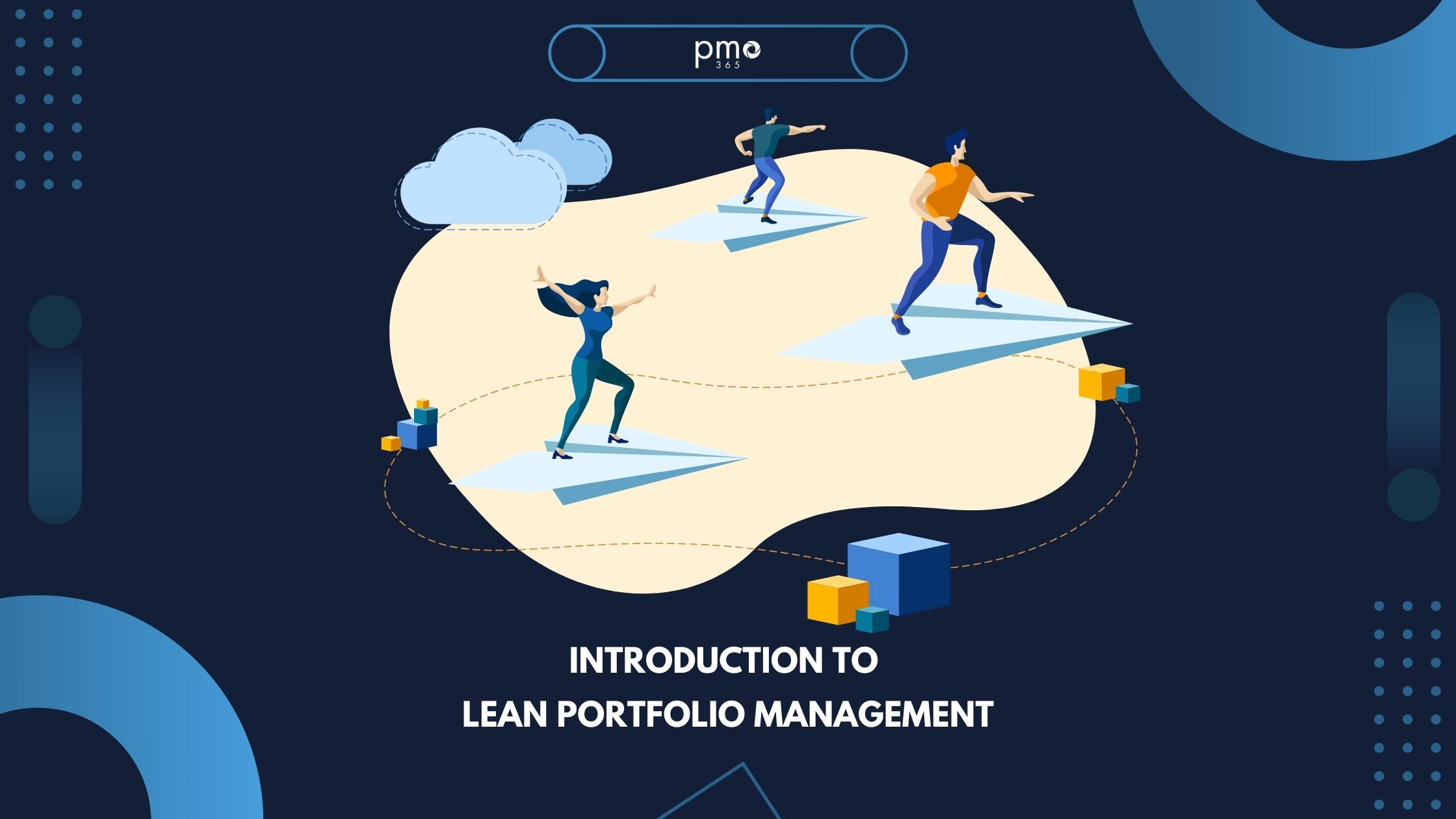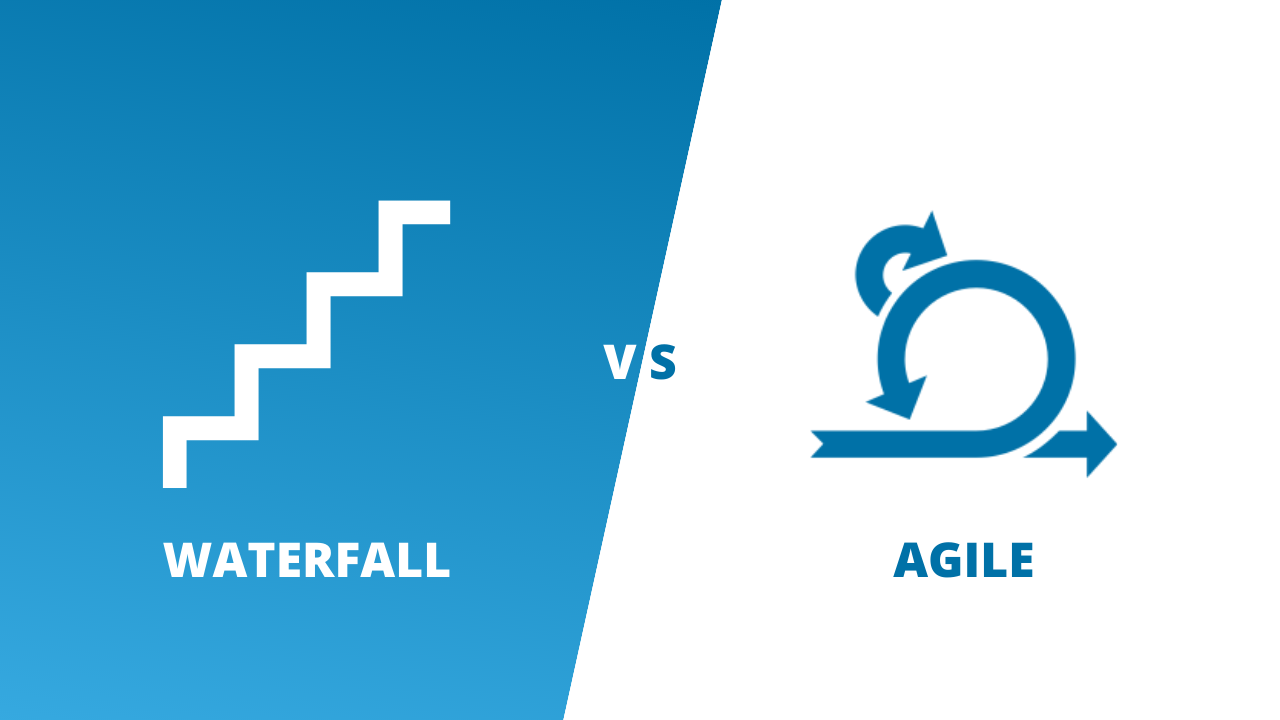We use a lot of acronyms in the project management space, one of the most common being PMO. PMOs, or Project Management Offices, have grown tremendously in popularity over the last decade. According to The State of PMO, the number of businesses with a PMO has almost doubled since 2000. So, what is a PMO? Does your organisation need one? How will it benefit your organisation?
We’ll cover those questions and more in this blog post.
PMO Defined
A Project Management Office is a division or department of an organisation that establishes and maintains standards for project management within the organisation. The PMO aims to harmonise and implement an economy of repetition in project execution.
In short, the PMO maintains documentation, guidelines, and data sets for project implementation. This ensures the completion of projects on time and also within the budget.
The Responsibilities of the PMO
A Project Management Office has the primary responsibility maintains its project management standards. The role it plays will vary, depending on the organisation, and the projects which the organisation is delivering.
The following are the most common roles of a PMO:
Supporting Projects
The primary objective of the Project Management Office is to advise the project managers of an organisation. Therefore, the PMO is also involved in training new project managers, so that they follow the organisation’s processes concerning project management.
Establishing Project Management Processes
Another function of the project management office is ensuring that structured business procedures are created and implemented. The PMO aims to develop a shared set of values, policies, and frameworks to coordinate multiple operational tasks. When procedurse are standardised, it increases the agility of managers, and helps new project managers tackle their learning curves quickly.
Creating Project Management Templates
Generally, the PMO develops and implements project management templates. These templates can bring many benefits to the organisation. When the organisation uses standardised components or concepts for different tasks, they save valuable time and resources, while ensuring the outcome is successful.
Gathering data
The PMO should compile appropriate data about the organisation’s projects, and generate reports for management. Then, they can monitor the overall status of the projects, based on the information project managers have passed on to them.
Managing Portfolios
As the PMO has the data and status reports of all reports, naturally they are responsible for managing the organisation’s portfolios. PPM, or Project Portfolio Management, is one of the Project Management Office’s main tasks.
Who needs a Project Management Office?
Not every company has a PMO, nor does every company need one. However, organisations will undoubtedly benefit from a project management office as their number of projects grow. This is because there is a relationship between increased resources and rival agencies and the risk of failure. Thus, the Project Management Office can act as a driver who knows how each proposed project fits into a larger business strategy. The Project Management Office ensures that resources are adequately allocated, and project failure can be mitigated.
If your organisation has any of these issues, you’ll benefit from a Project Management Office:
● Projects are not meeting deadlines and are often running over budget.
● Projects are not aligning with business objectives or schedules.
● There is no visibility in your projects.
● You are missing a standardised system of initiating and executing projects.
● You fail to follow through with your projects.
The Increasing need for PMOs
More and more companies are acknowledging the need for, or implementing a team overseeing project management activities. In 2000, only 47% of businesses had a PMO. In 2016, 85% said they had a PMO. This percentage rises to 95% for firms with sales above $1 Billion per year. Meanwhile, 30% of businesses without a project management ofice have claimed that they would hire one within a year.
This considerable demand opens up a new career paths for many people. We expect to see new opportunities coming out of the PMO space in coming years.
What Does a PMO Team Look Like?
Members of the Project Management Office highly trained professionals, who often have material industry experience. Furthermore, 45% hold a PMP qualification (Project Management Professional).
PMOs will work with the organisation’s needs and priorities; as a result, every PMO will have different roles and responsibilities. However, there are four roles within this department which are consistent across the majority of PMOs.
The Director
Roughly 85% of PMOs have a Director. The role of the Director is to supervise the company’s tasks, including maintaining project management methodologies, protocols, and instruments, designing the organisation’s commitment to the whole project life cycle. The Director will also oversee the delivery and deployment of capital in all projects.
Project and Program Managers
Project and Program managers are increasingly being recruited in PMO departments. Active project manager positions within PMOs rose by a proportion of 42% in 2012 to 52% in 2016. Moreover, 29% of businesses submit 100% of their project managers to the PMO.
Trainers and Coaches
Training is an integral aspect of the Project Management Office’s responsibilities. More than half of PMOs have a preparatory curriculum for project management. PMOs provide their hires with, on average, five days of preparation. High performance PMOs provide training in:
● Software Tool Training for Project Management
● Basics of Project Management
● Business Alignment Training
● Development of Advanced Project Management Skills
● Project Management Certificate
● Agile Project Management
Supporting Roles
There are often supporting roles in a PMO which may work on generating accurate data, or assisting the project and program managers. These supporting roles vary from company to company, but the most common of these are:
● Project Planner
● Project Scheduler
● Project Controller
● Administrative Staff
There are also opportunities for budget planners, methodologist specialists, and others. Check out this article to identify how to
What are the challenges faced by PMO’s?
While the advantages of a Project Management Office are obvious, sometimes the processes of the PMO are considered as a overhead. It can be challenging for the PMO to demonstrate the value they have added to their organisation. There may also be organisational resistance to the new procedures which the Project Management Office is implementing.
PMOs need time, and the right metrics, to accurately demonstrate their results and value. And often office politics can affect the strategy of an entire PMO.
Some of the more common challenges faced by PMO include:
● Hiring project managers with inadequate project management skills
● Assuring the consistent application of defined processes
● Demonstrating the value-adding proposition of the PMO to executives
● Organisational resistance to change
● PMO processes seen as overhead
PMOs should concentrate on calculating and reporting the highest PMO advantages mentioned in the above section to address those obstacles. Demonstrations of quantifiable efficiency, cost savings, customer satisfaction, and other KPIs demonstrate value and improve advocacy of a PMO.
What is the future of PMO?
PMOs are becoming more and more widespread, but their potential existence in the future remains unclear. Emerging technology, such as smart devices, AI, and the IoT (Internet of Things) could replace many of the PMO’s daily functions. Many businesses already utilise applications that report their progress analytics efficiently and quickly. However, there many other ways a PMO can bring value to organisations, including:
- Identifying and harmonising the ideals of their organisations with projects.
- Adapting operational procedures to facilitate the increased agility of their companies.
- Emphasising the importance of initiatives and services.
- Use measurements and dashboards.
- Connecting creativity and stability requirements
- Developing strategies and frameworks for implementing them
- Understanding how AI and IoT can impact the PMO space, what the gaps they can’t close, and implementing strategies to breach these.
Conclusion
PMOs have been increasing in popularity. Through PMO strategies, companies are realising growth, efficiency of process and successful standardisation. Experienced and effective people are at the core of effective PMOs, and as emerging innovations arise and more innovation is pursued by businesses, PMOs must grow to adapt and change.
To learn more about PMOs, read this article on building a strong PMO, and check out our blog!













